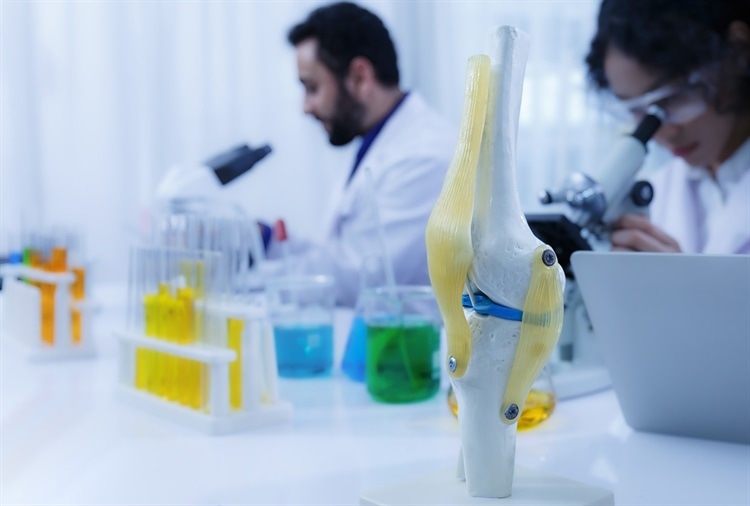Bioceramics: Transforming Medicine with Advanced Materials

Bioceramics are a revolutionary class of materials designed to interact safely with biological systems, offering applications that range from tissue repair to load-bearing implants. With the ability to support healing and integrate seamlessly with the human body, bioceramics are at the forefront of biomedical innovation.
What Are Bioceramics?
Bioceramics are specialized ceramic materials engineered for medical use. These materials are classified into three main categories based on their biological interaction:
- Nearly Bioinert Ceramics: Materials such as alumina (Al₂O₃) and zirconia (ZrO₂), known for their strength and stability.
- Bioactive Ceramics: Hydroxyapatite (HA) and bioactive glasses that promote bonding with bone tissue.
- Bioresorbable Ceramics: Tricalcium phosphate (TCP) that gradually degrades and is replaced by natural tissue over time.
Applications in Medicine
Orthopedics
In orthopedic surgery, bioceramics such as HA and TCP are used for bone repair due to their compatibility with natural bone. Recent advances allow for composite materials that combine strength with controlled degradation, supporting complex bone reconstruction.
Dental Applications
Bioceramics play a vital role in restorative dentistry. Zirconia implants have become an aesthetic and biocompatible alternative to titanium, while ceramic veneers provide strength and natural appearance for front teeth restoration.
Endodontics
Endodontic treatments utilize bioceramics like mineral trioxide aggregate (MTA) for sealing and supporting healing in root canals. These materials interact with the surrounding tissues to promote regeneration.
Bone Tissue Engineering
Bioceramic scaffolds mimic the structure of bone, offering support for new tissue growth. Additive manufacturing techniques such as stereolithography (SLA) and fused deposition modeling (FDM) allow the creation of custom scaffolds with precise porosity and strength.
Innovations in Bioceramics
Recent studies highlight nanobioceramics for wound healing, where materials like hardystonite enhance cell viability and oxygen exchange in scaffolds. Rapid synthesis methods for hydroxyapatite scaffolds are also improving production speed and clinical performance.
The Future of Bioceramics
The field continues to evolve with smart coatings, drug delivery systems, and patient-specific implants leading the way. Bioceramics are not only improving medical outcomes but also setting the stage for more sustainable and effective healthcare solutions.
Original Article: AZoM: Bioceramics in Modern Medicine
About Quantum Server Networks
Quantum Server Networks delivers insights into cutting-edge materials science and quantum research, bridging innovation with real-world impact.
Sponsored by PWmat (Lonxun Quantum) – a leading developer of GPU-accelerated materials simulation software for quantum, energy, and semiconductor research. Learn more at: https://www.pwmat.com/en
📘 Download our company brochure to explore features, capabilities, and success stories: PWmat PDF Brochure
📞 Phone: +86 400-618-6006
📧 Email: support@pwmat.com
#Bioceramics #MaterialsScience #TissueEngineering #QuantumServerNetworks #MedicalInnovation #SustainableHealthcare #AdditiveManufacturing #FutureMedicine

Comments
Post a Comment